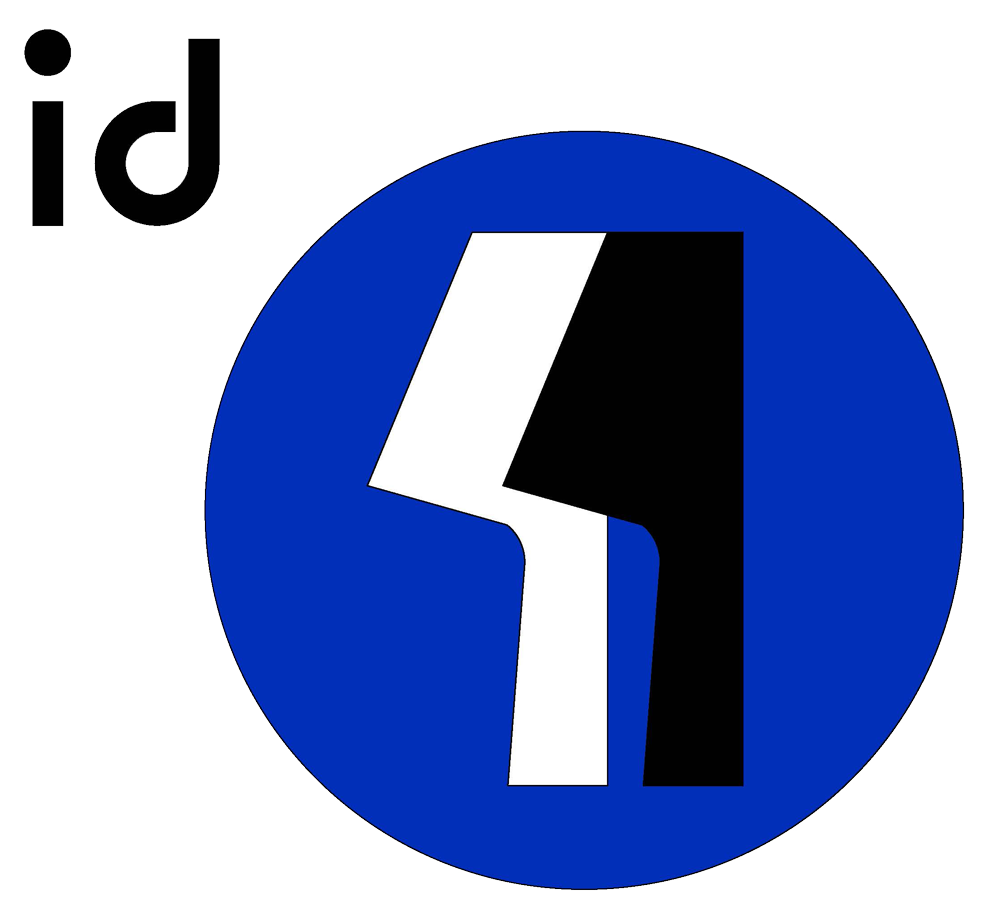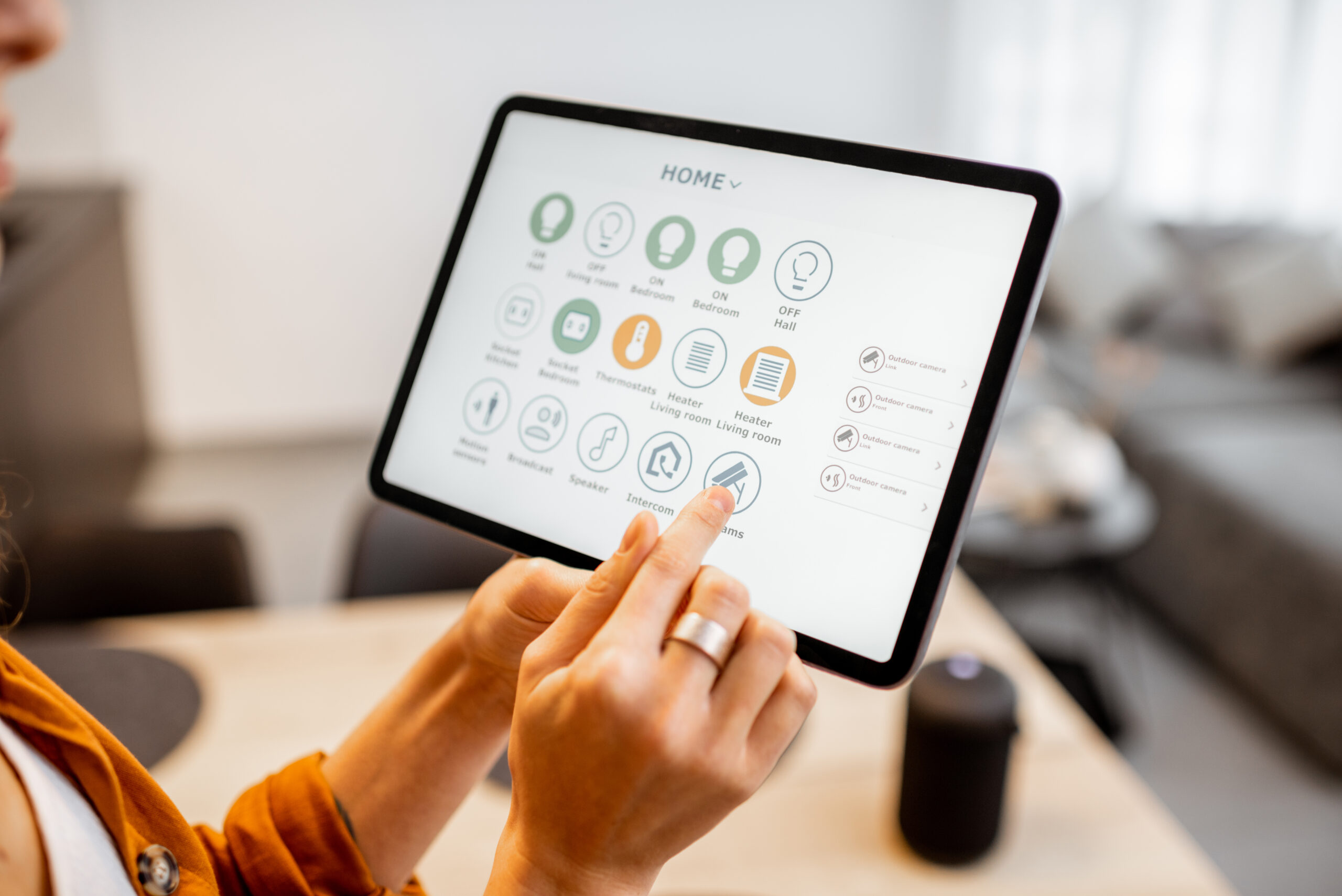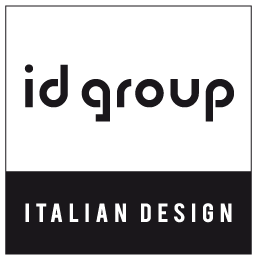In urban planning and architecture, the
regeneration
is not simply an act of structural rehabilitation, but a process that extends to the social fabric and housing dynamics of an area. The concept goes beyond mere physical renovation of buildings, also considering the social aspects, collective opportunities, sustainability and futurability of the urban environment. Central to this is the link between urban decay, crime, insecurity and the potential positive transformation of a place through redevelopment itself.
Urban regeneration: what is it all about?
In other words, when we talk about urban redevelopment we mean the process of improving the quality of the urban environment, both physically and socially and economically. This process involves targeted interventions to renew, improve and optimize the resources and infrastructure of an urban area.
The main purposes include:
- Aesthetic improvement: renovation of public spaces, buildings and infrastructure to give them a more pleasant and modern appearance;
- Environmental remediation: interventions to improve the quality of the environment, reducing pollution and promoting environmental sustainability;
- Social regeneration: creation of public spaces that encourage meeting and socialization, reducing social degradation and fostering a sense of community;
- Economic development: through the creation of new business, cultural and entertainment activities, an attempt is made to stimulate the local economy;
- Environmental sustainability: the integration of sustainable solutions, such as the design of green spaces, the promotion of sustainable mobility, and the use of eco-friendly technologies;
- Adapting to new needs: redeveloping brownfield or unused areas to adapt them to new community needs, such as converting old industrial buildings into residential or cultural spaces;
- Increased quality of life: the ultimate goal is to improve the quality of life for residents by making the urban environment more pleasant, accessible and sustainable.
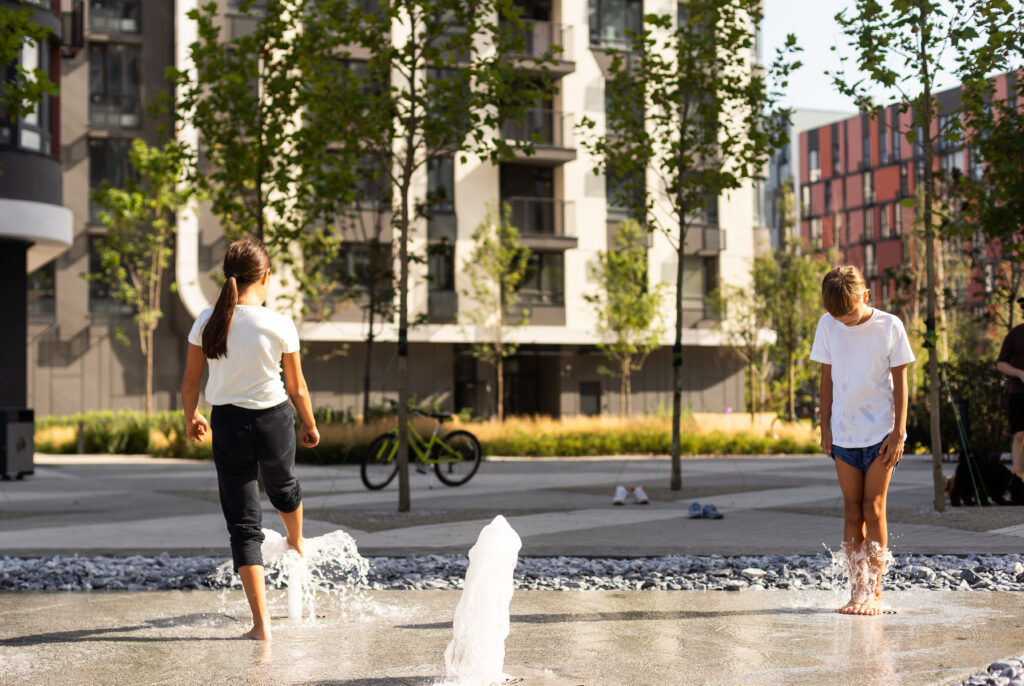
The three key factors of urban regeneration
Urban redevelopment can involve a wide range of interventions, including the renovation of buildings, the creation of new infrastructure, the design of green spaces, the redevelopment of degraded or abandoned areas, and the promotion of cultural projects. In addition, active community participation and consideration of historical and cultural aspects of the area are often an integral part of such processes.
Going into specifics, urban redevelopment involves three key factors in creating social value:
- History and cultural roots
Understanding the history of an area or building is critical to understanding its social value. Preservation of cultural roots helps to maintain the identity of a place during the redevelopment process.
- Analysis of the present
An accurate analysis of the present involves understanding the needs of the local population and assessing how spaces can improve the quality of life. Elements such as green areas, street furniture and roads should be designed according to the preferences and priorities of the community.
- Future Perspectives
Sustainability is essential in redevelopment projects, considering growing environmental needs. In addition, design should look to the future, creating spaces that maintain their relevance over time and adapt to the changing needs of society.
Urban regeneration in Italy: where do we stand?
Italy is characterized by historic cities steeped in culture and tradition, but often plagued by problems related to congestion, lack of green space, and outdated infrastructure. Urban regeneration presents itself as an innovative response to address these problems, seeking to balance the preservation of historical heritage with the need to adapt to contemporary needs.
In our country, there are several cities that have initiated regeneration processes achieving growth that can improve the quality of individual and collective life.
Emilia Romagna: the colonies and the waterfront
In the Romagna region, a tangible example of potential redevelopment is manifested through the seaside colonies, built during the Fascist period. These buildings, although currently unused and in poor condition, represent an opportunity for urban regeneration. Projects such as “Reuse the Bolognese Colony” clearly demonstrate the potential of transforming these historic places into vital community centers by focusing on educational and recreational spaces that encouragegathering, physical activity and cultural exchanges.
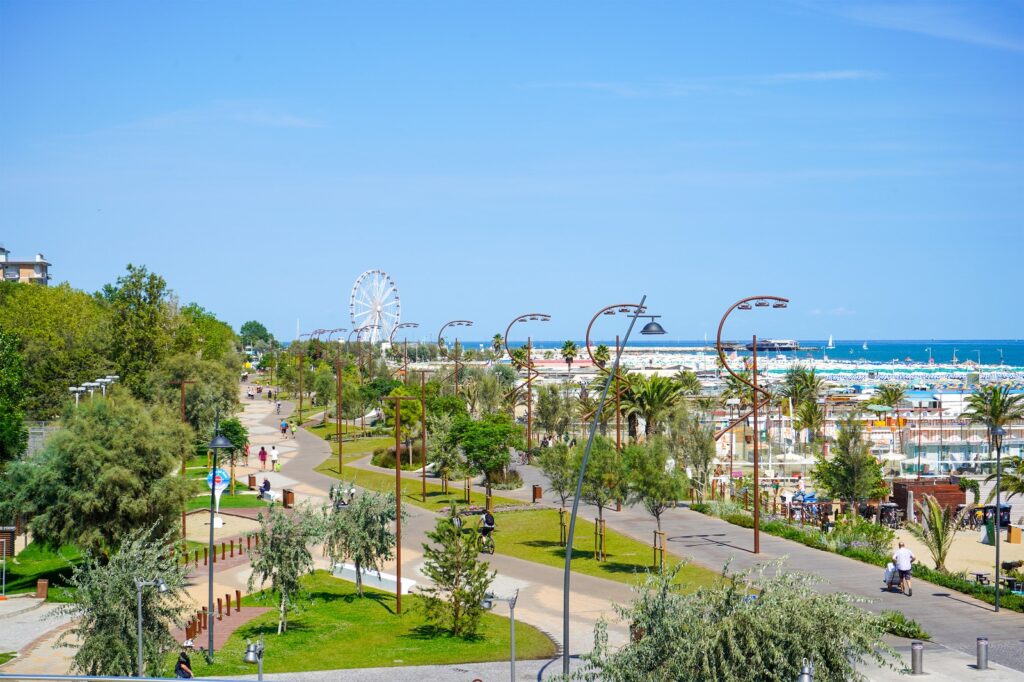
Another example of redevelopment takes shape with the Sea Park project along the Rimini waterfront. While this is not a suburban or blighted area, the initiative aims to improve the quality of life for the local community by securing the sewer system and creating more welcoming and accessible spaces. The vision guiding this project is to promote a “slow” lifestyle by encouraging sustainable mobility, outdoor physical activity and a new concept of urban comfort.
Cosenza and “Rigeneration City”
The “Rigeneration City” project, funded by the Presidency of the Council of Ministers – Department of Equal Opportunities, as part of the National Plan for the Social and Cultural Regeneration of Degraded Urban Areas, is an ambitious initiative aimed at transforming the Casali neighborhood in Cosenza’s historic center. With a total investment of €1,350,000.00, the project aims to integrate interventions of different kinds to revitalize this area of the city.
The project turns its attention to three essential pillars: innovation, culture and sociality, each of which will bring significant impact to crucial places in the neighborhood, forming the foundational core for comprehensive redevelopment.
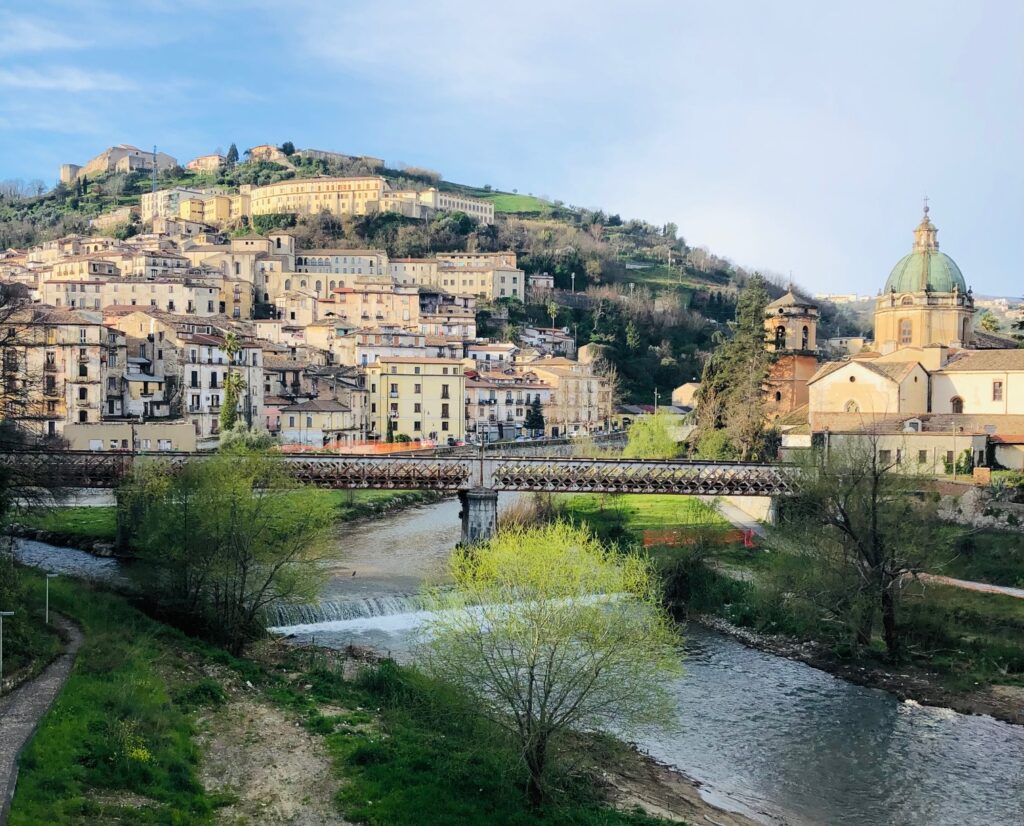
First, in the area ofinnovation, the 1980s Sports Hall, famous for its three multi-sport gyms, will be transformed into a vibrant innovation center. Its physical renovation will be accompanied by initiatives aimed at promoting technological innovation and local business development.
As far as culture is concerned, the Vallone di Rovito, with its monument dedicated to the Bandiera brothers, will assume a central role as a cultural center. Through events and educational activities, local history will be celebrated and enhanced. Similarly, the Museum of the Brettii and Enotrians, custodian of a valuable collection on the history and archaeology of the area, will undergo interventions aimed at improving its accessibility and visitor experience.
Finally, the social area will be concentrated around the current building of the Traffic Police Headquarters. Through a targeted renovation, this space will become the beating heart of social activities, community meetings and services dedicated to the well-being of the population.
What makes “Rigeneration City” an excellent model for urban redevelopment is its integrated approach. Beyond the simple physical renovation of buildings, the project aims to create a dynamic synergy between innovation, culture and sociality, thus generating a positive and lasting impact on the local community.
Padua and the Castle: from prison to cultural center
Way back in 2002, the Ministry of Grace and Justice included the Padua Prison on a list of buildings, including as many as 57 facilities, that were likely to be sold to private owners through the securitization process. The company Dike aedifica was born, in charge of decommissioning old prison facilities, including paradoxically the Padua Prison, which became a jail in 1805. Located in Castle Square, the prison had lost its original identity as a medieval castle.
Throughout twenty years of parliamentary battles, the Castle has been preserved thanks to the support of the Ministry of Culture. Security work has been initiated, and now the Castle is being transferred to the City of Padua to be transformed into a major cultural center. With an investment of more than 15 million euros, restoration work is proceeding to create exhibition and cultural spaces, with the intention of transforming the south side into a center dedicated to design andcontemporary art within a couple of years.
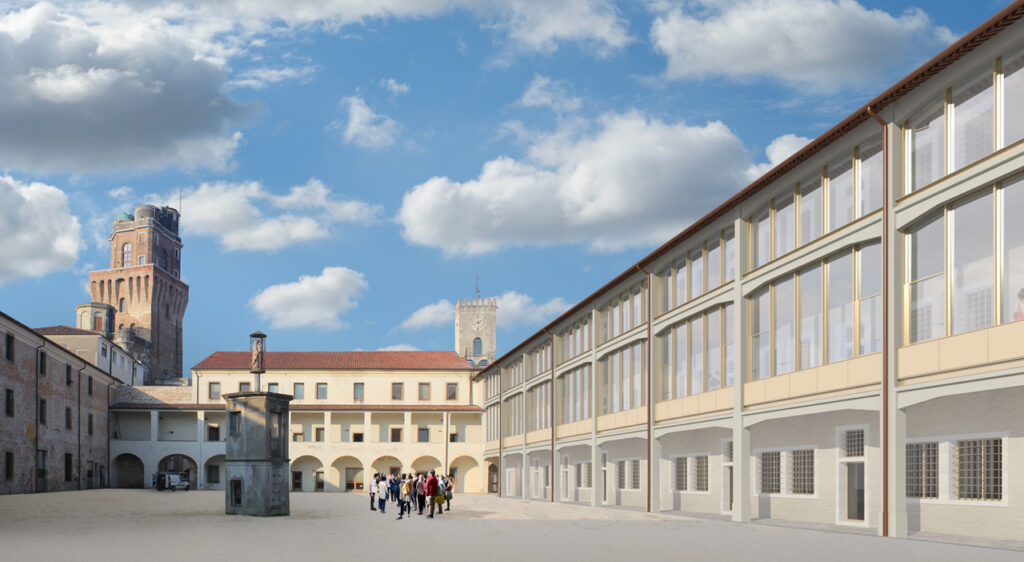
In addition to those mentioned, we highlight other cities that have particularly distinguished themselves by initiating urban redevelopment projects with tangible results, such as Bari, Pesaro, Livorno, Volterra, Novara and Lecce.
However, this is not a phenomenon confined only to these realities, as initiatives and projects aimed at regenerating the urban fabric are also being undertaken in many other Italian cities, highlighting a widespread trend toward improving living conditions in the country’s urban areas. This growing awareness is resulting in a proactive response from various local communities, helping to shape more sustainable, livable and culturally rich cities.
Urban regeneration: the future of Italian cities
In conclusion, urban regeneration in Italy is taking an increasingly central role in urban planning andarchitecture, addressing challenges related to decay, sustainability and quality of life in cities in an integrated way. Through ambitious and innovative projects, many Italian cities are demonstrating that redevelopment is not just a matter of structural rehabilitation, but a process involving social, cultural and economic aspects. The eight cities mentioned, along with others that are moving in this direction, represent concrete examples of how urban regeneration can significantly transform the urban fabric, creating more welcoming, sustainable and culturally rich spaces.
The road ahead is an ever-evolving one, but the results so far show us a positive and promising picture for the future of Italian cities!
